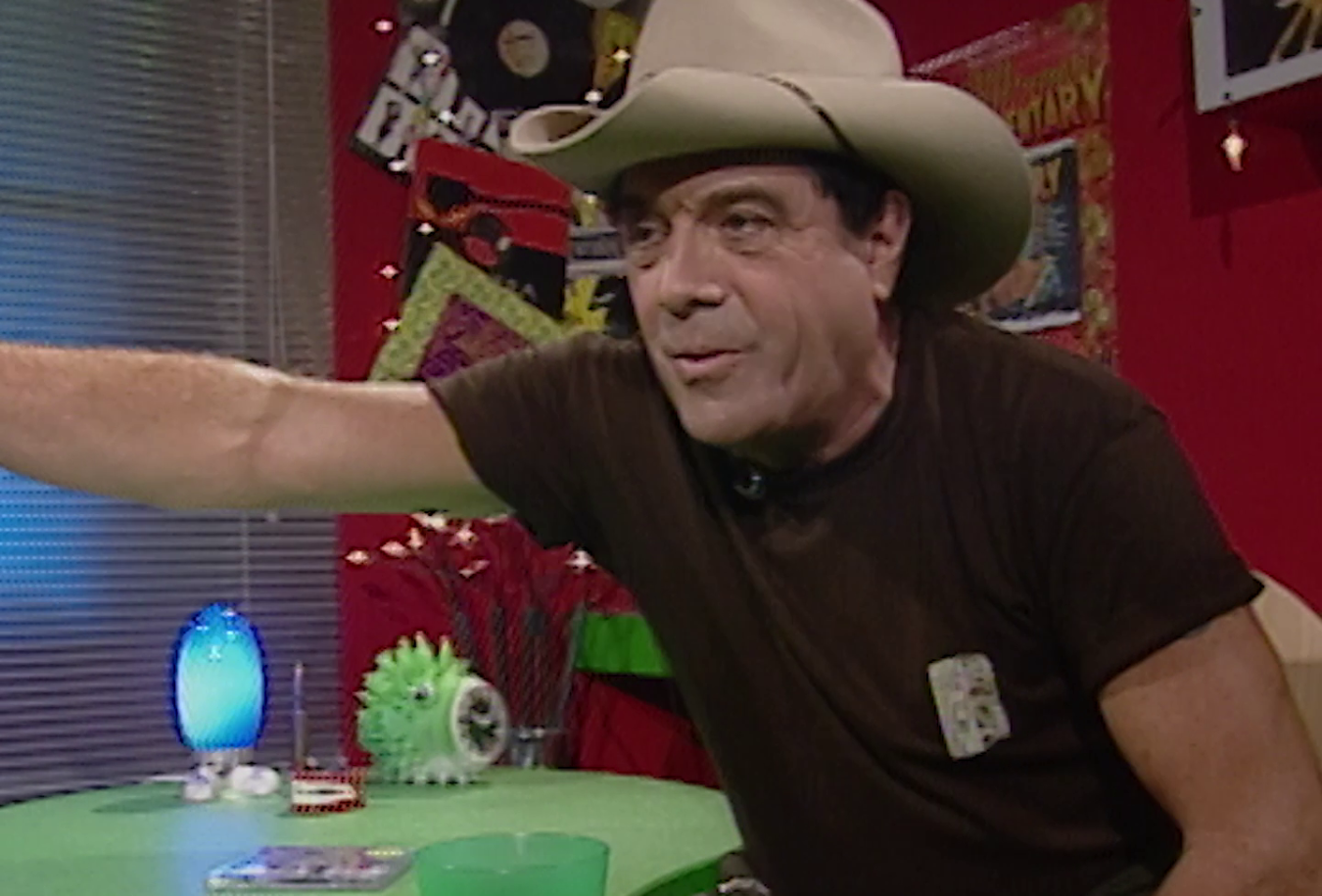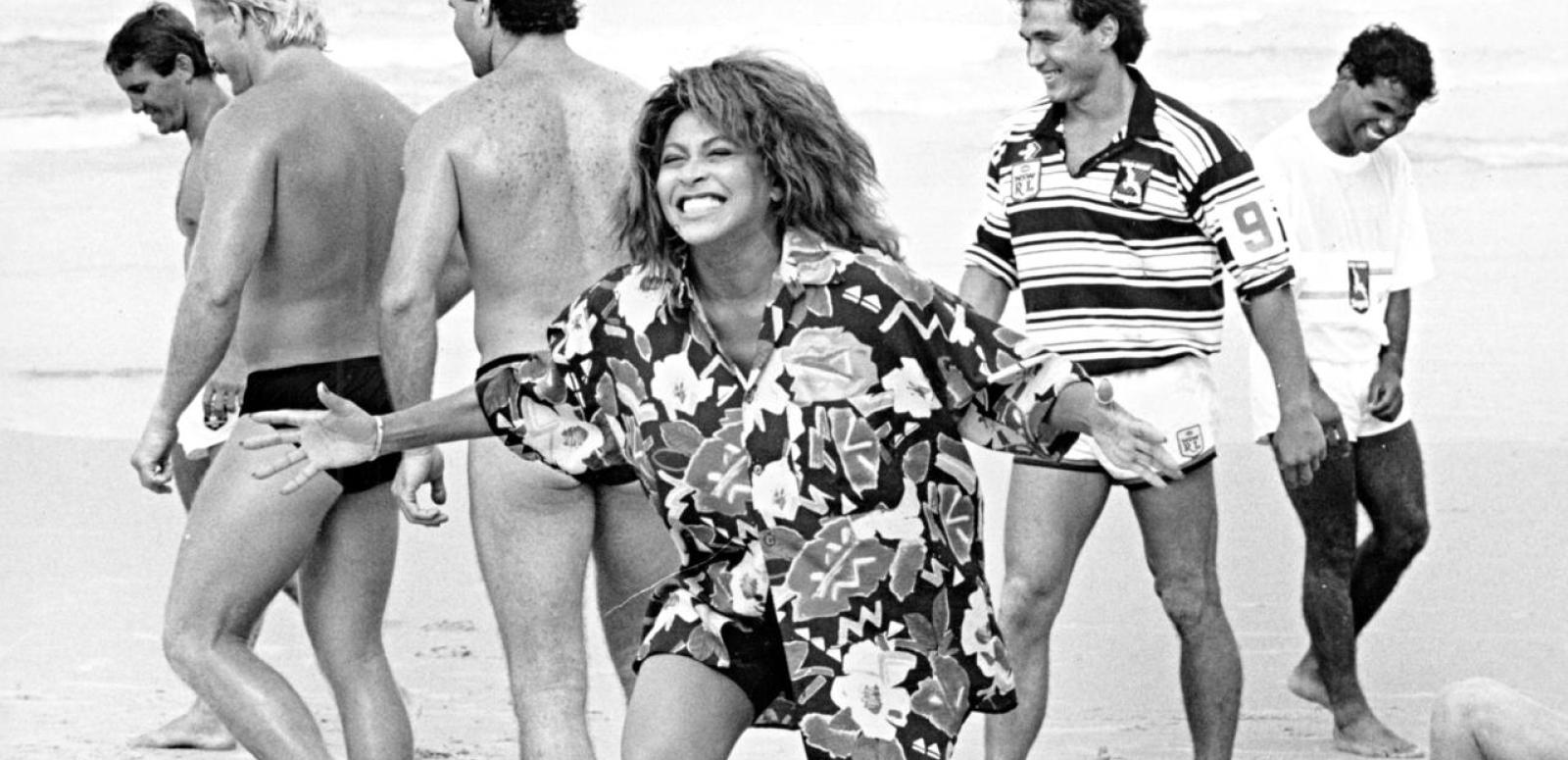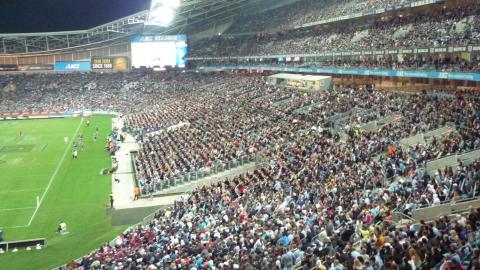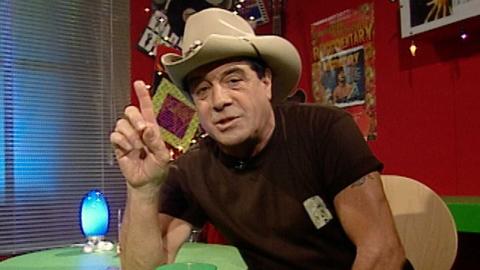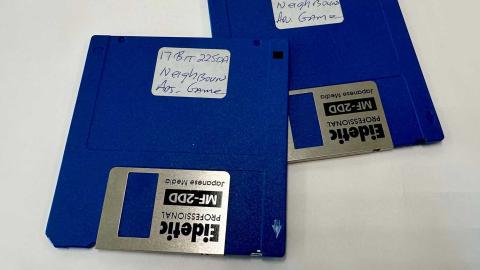In the late ’80s, an unlikely love affair sprang up between an American rock legend and Australian sport. Tina Turner’s series of ads for rugby league reshaped public perception of the game and made the singer into a national favourite. In fact, like Senior Curator Tara Marynowsky, you may have grown up with the vague idea that Tina was an Aussie.
